Ask Ethan #61: How far does gravity reach?
Despite it’s reputation as an “infinite range” force, the realities of our Universe place a limit on its reach.
“In my dreams and visions, I seemed to see a line, and on the other side of that line were green fields, and lovely flowers, and beautiful white ladies, who stretched out their arms to me over the line, but I couldn’t reach them no-how. I always fell before I got to the line.” –Harriet Tubman
It’s the end of the week once again, which means we get to take a look at your reader submissions for Ask Ethan, and choose my favorite to share with you. This week’s entry comes from one of my readers who’s been following Starts With A Bang the longest (since my first few months of blogging way back in 2008): Frank Burdge. He asks the following head-scratcher:
If the Universe is not infinite, then what can be said about the range of the gravitational and electromagnetic forces?
This is actually an incredibly profound question, when you think about it. Consider what we know about the gravitational and electromagnetic forces, first off.
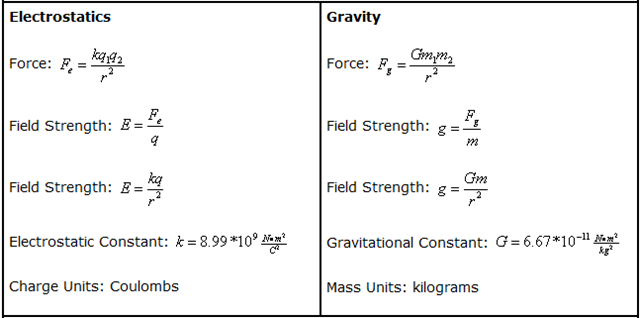
It isn’t the magnitude of the forces, or the nature of attraction/repulsion that I want you to consider, but rather the fact that — at long ranges — these are inverse-square forces, meaning that as you double the distance between two such objects, the force between them drops to one-fourth what it was at the previous distance. This is a very special relationship, and not only do gravitation and electromagnetism, so do some other important physical properties, such as the effects of light, sound, and radiation.
Why is this very special? Consider how any of these things — light from a star, for example — spread out as you move farther away from the source.

They move radially outward in a sphere, so that a pulse — of light, again, for example — would spread out in an ever expanding spherical shell. Now, why is this special? Because the surface area of a sphere has a very specific formula: A = 4πr^2, where the “r^2” is the important part.
Why? Because if the area expands according to r^2, but the force drops according to an inverse square law (i.e., r^-2), then we can say that phenomenon has an infinite range. This means you can draw a sphere of any size centered around an object — a gravitational source (a mass), an electric source (a charge), a light source (a star), etc. — and the total amount of stuff acting on that sphere, whether it be force or flux, will be the same when you add up all the different parts of the sphere. This is true not only for the whole sphere, but for any given amount of solid angle on the sphere!
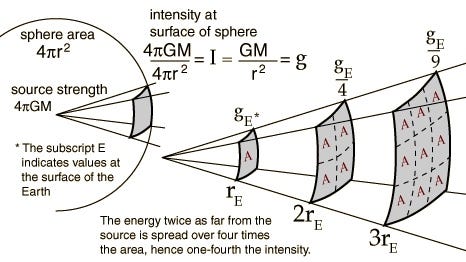
So that’s what we mean by gravitation being an “infinite range” force.
But the Universe — at the very least, the part of it observable and accessible to us — is not infinite at all! Quite to the contrary, despite the fact that we can see the starlight coming from hundreds of billions of galaxies, that’s not even such a big number. It’s a beautiful sight, and it boggles the mind to look at. (Seriously, take some time and look at it!) But in no way — despite its grandeur — should you conflate its vastness with infinity.

Sure, it seems pretty big, but when you consider that there are billions of times that many grains of sand on Earth’s beaches as there are galaxies in the observable Universe, it doesn’t seem so big. The reason we can’t access more has to do with the fact that the Universe hasn’t been around forever, but rather has only had about 13.8 billion years since the Big Bang for things like light (and gravitation) to reach out towards us.
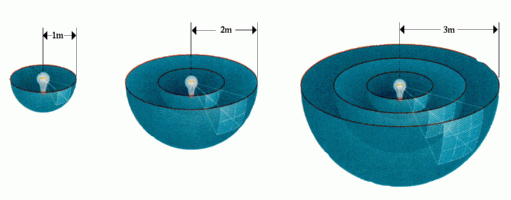
Or more accurately, to reach spherically outward away from their sources. We do the same thing: the gravitation from every particle in our bodies, on our planet and in our galaxy has been reaching out, “grabbing” at the speed of gravity (which is the speed of light) with a force falling off in magnitude as ~1 / r^2 (but reaching out with an increasing area according to ~r^2) since what we conceive as “our Universe” began.

Now, this — the observable Universe, the part reachable by light, gravity, and other finite-speed phenomenon — is not to be confused with however big (or possibly infinite) the entire Universe, including the unobservable part, actually is.

We have good reasons to believe that the entire Universe is far bigger than the observable parts of it are, but our signals are unable to reach it, due to the fact that there’s only been a finite amount of time that we’ve been emitting signals and that the speed at which these signals propagate is also finite.
But this is not a bug with our Universe: it’s a feature!
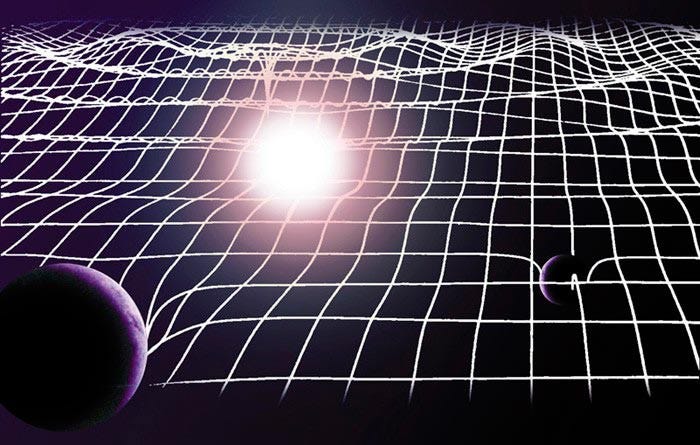
Imagine the Universe if signals propagated infinitely fast, or if we could feel the gravitation, see the light, or otherwise experience the effects of things from far beyond what ought to be accessible to us.
We’d find ourselves — and likely many other parts of our Universe — catastrophically pulled in a random direction, seemingly without cause. We’d have the entire night sky lit up by sources that ought never to have reached our eyes.

And we, ourselves, would be exerting far more force that we’ve had any physical right to do. In short, the laws of physics would break down, as General Relativity could no longer describe where we live, there would be a catastrophe of too much energy density in our Universe, and — as a consequence of that gravitational binding energy — the Universe itself would inevitably recollapse in short order.
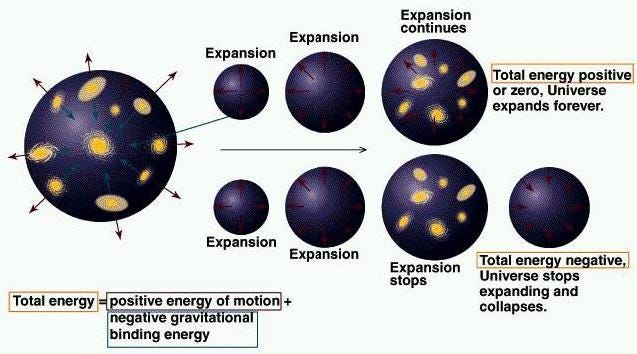
To quote Egon from Ghostbusters, “It would be bad.”
So what we have, instead, is gravitation, electromagnetism, and all the other “infinite range” forces reaching the distances they could have reached after traveling at the speed of light in a 13.8 billion year old Universe that’s expanded according to our own unique history, or about 46 billion light years. This is — since the speed of gravity and the speed of light are identical — also equal to the size of our observable Universe in all directions!
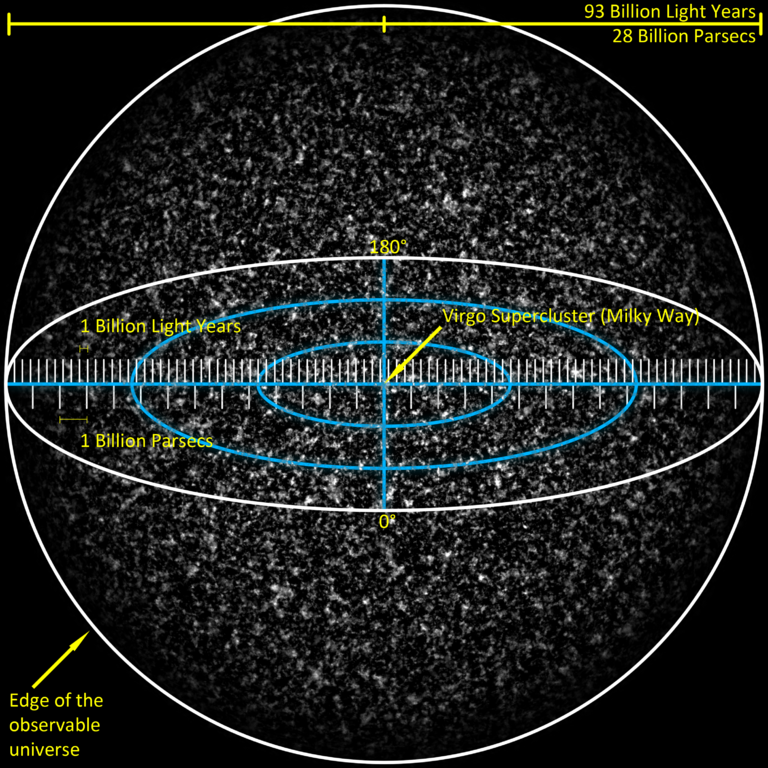
And that’s how far the range of the gravitational and electromagnetic forces extend! Thanks for a tough but informative question, Frank, and if you want to see your question featured on Ask Ethan, send in your questions and suggestions here. The next column could be all about whatever you choose!
Leave your comments at the Starts With A Bang forum on Scienceblogs!





